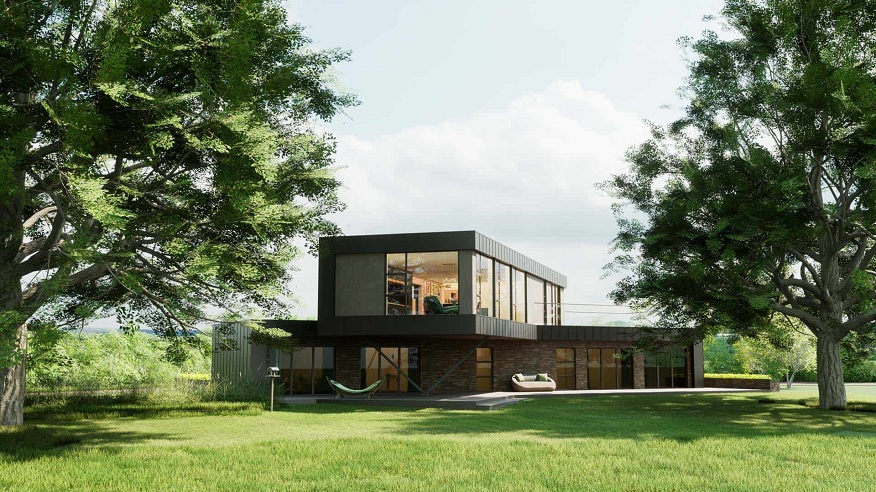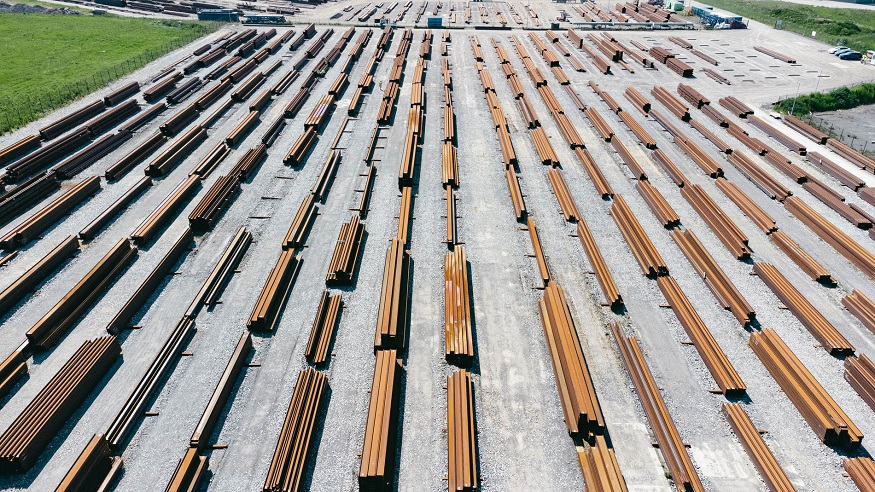As architectural design becomes increasingly digitized, there is a growing need for realistic and detailed 3D site models. 3D site models allow clients to visualize proposed buildings and spaces before construction fully. Architects may create flexible and efficient designs with the help of highly realistic 3D representations. These provide clients with a palpable glimpse of the finished project. Afteral, thorough 3d site modeling boise creates the foundation for more effective teamwork in virtual architecture.
What is 3D Modelling in Construction?
The process of 3D modeling entails utilizing specialized software to generate precise mathematical representations of objects within a three-dimensional space. This methodology transforms two-dimensional concepts into vivid visualizations, allowing others to comprehend them better. Already extensively employed in gaming, filmmaking, and healthcare, the construction industry is considering integrating these benefits into its practices.
The traction of 3D rendering and modeling in the construction industry is evident. These tools emerge as potent assets for visualizing graphic designs, crafting lifelike simulations, and facilitating animated representations. A myriad of case studies attests to the efficacy of 3D modeling in simplifying intricate projects within the construction realm.
Why is 3D Modeling Essential?
More than just helping with a fundamental understanding of a design, detailed 3D site models provide critical analysis from multiple stakeholder viewpoints. Precise models allow city planners to assess how planned buildings would fit more effectively into the communities and existing infrastructure.
By identifying potential obstacles and uncertainties at the construction site early on, construction teams can reduce risk later. Energy modeling software, which sustainability experts use, simulates building performance by using intricate geometry. Furthermore, because virtual reality experiences bring concepts to life far before the ground is broken, they inspire trust in investors.
Bringing Realism Virtually
More is needed to create realism in virtual architecture than just pixels on a screen. 3D site modeling is the alchemy that turns raw data into a visual symphony. Topography, geographic data, and architectural drawings are all carefully integrated into the virtual scene to represent the real one precisely.
Navigating Every Angle
Like a sculptor meticulously shapes marble, architects employ 3D site modeling to construct designs with utmost precision. Every dimension of the virtual model is formed with care and detail, enabling architects to become fully immersed as they digitally explore and refine proposed spaces. This powerful capability allows for optimizations from all perspectives before construction begins.
Communicating Intent
3D site modeling is a compelling visual language that elucidates architectural concepts. It transcends static plans and elevations by replicating spatial experiences with realism and dimensionality. This facilitated communication between collaborators and nurtures alignment around design goals. Through virtual walkthroughs, stakeholders connect more directly with spaces, fostering consensus and shared vision.
Pushing Boundaries: The Future with 3D Site Modeling
As architectural design processes continue transitioning digitally, the implications of immersive 3D site modeling extend far past present capabilities.
Driving Sustainability
Designers require tools to simulate building performance within precise contextual models to create sustainable structures. Detailed 3D modeling enables comprehensive analysis of how architectural forms interact with environments, driving innovation of eco-conscious solutions.
Enhancing Understanding
For clients, engaging with conceptual designs in abstract terms can pose challenges. Walking through realistic virtual spaces improves comprehension and fuels valuable contributions to the collaborative process between all stakeholders. 3D site modeling bridges visualization and understanding.
Conclusion
Finally, as architectural workflows move toward digitalization, thorough 3D site modeling opens the door to more immersive design exploration, effective cross-disciplinary involvement, and, eventually, optimum built outputs. In-depth virtual models enable us to navigate unexplored areas confidently.





